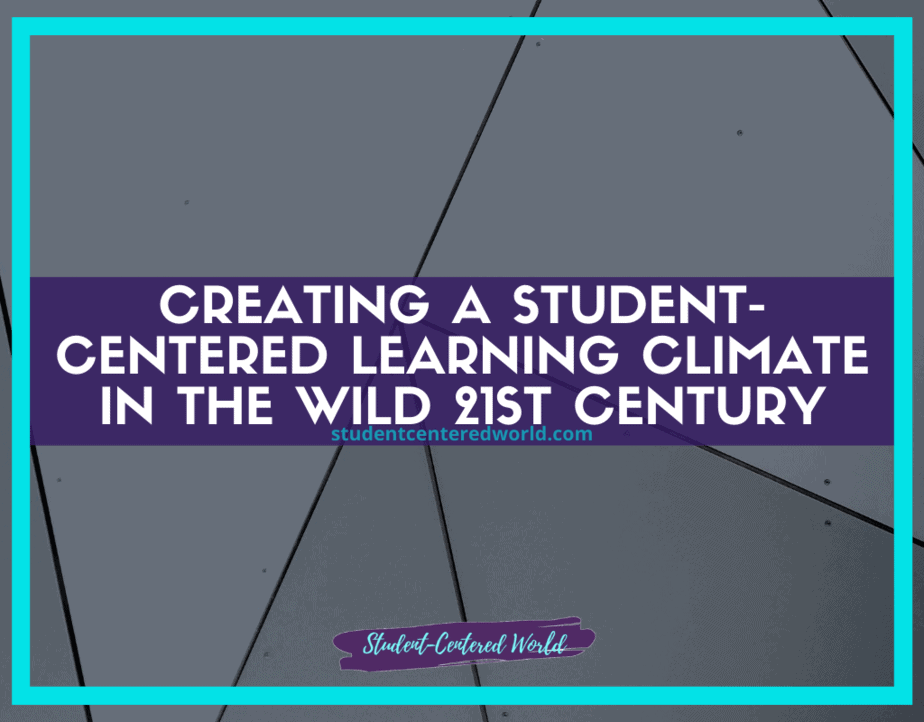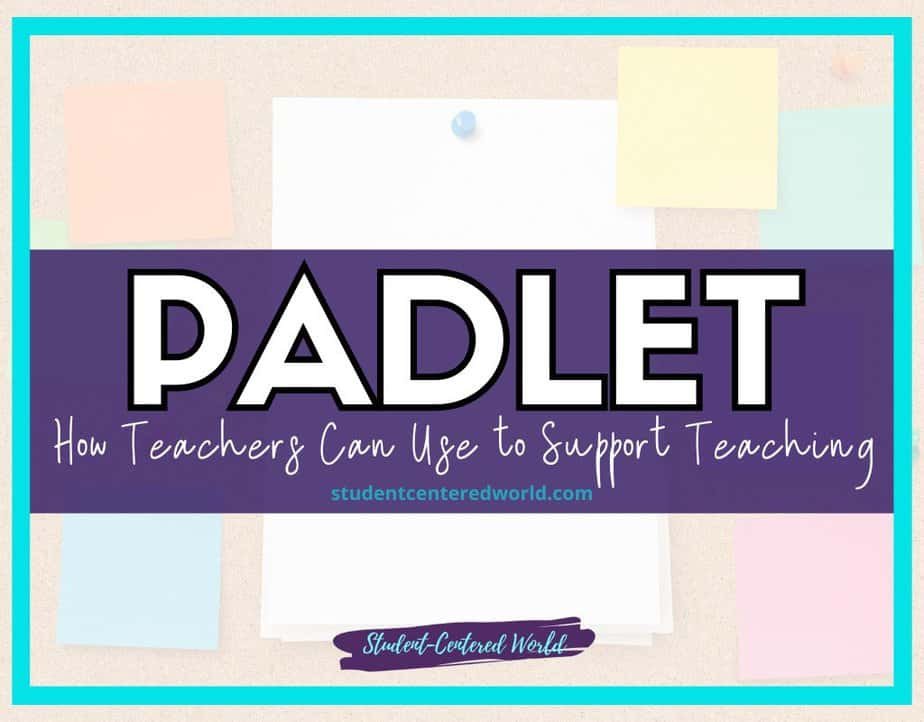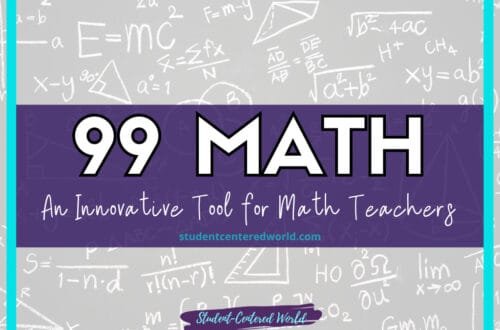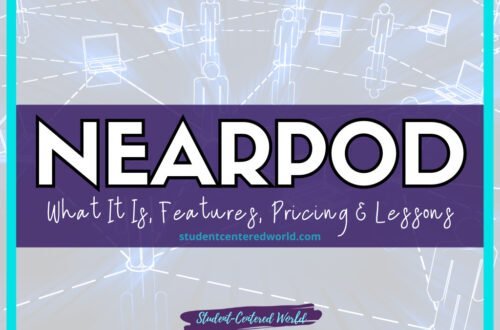Rosetta Stone App: How to Learn Languages as Students
(This post may contain affiliate links that won’t change your price but will share some commission. Please read our disclosure policy for more information.)
As educators, we constantly seek the best way to deepen our students’ cultural understanding and enhance their communication skills in a new language. Rosetta Stone, a language learning program that can trace its conceptual inspiration back to the historical artifact from which it takes its name, presents a dynamic and engaging solution. By utilizing the Rosetta Stone app, its web browser interface, or mobile device-compatible platform, teachers can tap into a host of extended learning features and immersion method techniques that build language skills in a manner reminiscent of how we originally deciphered the complex scripts of the ancient world.
Step into my series as I unveil an array of cutting-edge educational technology tools suitable for the classroom. This collection features tools that bring you a mix of the classics you love and some cool hidden gems – because we all know the best tools aren’t always the ones in the spotlight.
A Brief Historical Context
The original Rosetta Stone—currently housed in the British Museum—is a priestly decree dating from the Ptolemaic dynasty and inscribed during the reign of Ptolemy V, a young king. Discovered by a French soldier, Pierre Bouchard, during Napoleon’s campaign in Egypt, this stone was uncovered in the town of Rosetta, near the city of Rosetta, and later passed into British hands following the French surrender of Egypt according to the terms of the treaty of Alexandria.
Its inscription is presented in different scripts—the hieroglyphic text of the rosetta stone, the Egyptian demotic script, and an ancient Greek translation. These parallel texts acted as a list of good deeds by the king of Egypt, recorded to commemorate Ptolemy V’s benevolence.
Because the stone included a Greek inscription and a demotic script version of the hieroglyphic writing, it allowed linguists to form concordance tables between the hieroglyphic code and the more familiar Greek text, written with the Greek alphabet. French scholar Jean-François Champollion, often known as Jean-François Champollion of France, and the English physicist Thomas Young were instrumental in the decipherment of Egyptian hieroglyphics during the early years of the nineteenth century.
The work of these scholars laid the foundations of our knowledge of ancient Egyptian language—knowledge that had been lost for millennia. This breakthrough illuminated how Egyptian hieroglyphs, once just animal characters and symbols on a raised surface, conveyed meaning similar to different languages known in the modern era.
Why Rosetta Stone for Education?
In the classroom, Rosetta Stone’s language learning solution mirrors this process of decoding meaning across cultures. While Champollion and Young analyzed Egyptian scripts to match Egyptian hieroglyphs with Greek equivalents, modern learners match their target language to their native tongue. Just as scholars went from known to unknown, students use Rosetta Stone to progress from English speakers to confident communicators in a variety of unlimited languages, such as Spanish (including Latin American variants), French, Mandarin, or Arabic—just to name a few.
Along with the historical context, Rosetta Stone allows for:
1. Immersive Lessons:
Rosetta Stone’s methodology draws on immersive language acquisition. Through bite-sized lessons, learners are guided to think directly in their target language, rather than translating word-for-word. This parallels how 19th-century scholars internalized meaning from the hieroglyphic writing by cross-referencing Greek inscriptions and gradually peeling away layers of mystery. Students experience a similar “aha” moment as they progress from their first lesson to more advanced content.
2. Pronunciation Feedback and Speech Recognition:
Rosetta Stone is recognized as having the world’s best speech recognition technology to provide pronunciation feedback. As learners speak, the system’s audio recording capabilities analyze their accent and intonation, guiding them to speak more like native speakers. This helps them develop authentic communication skills, ensuring that, unlike the scholars of previous years who relied on visual concordance tables, students today interact through spoken language.
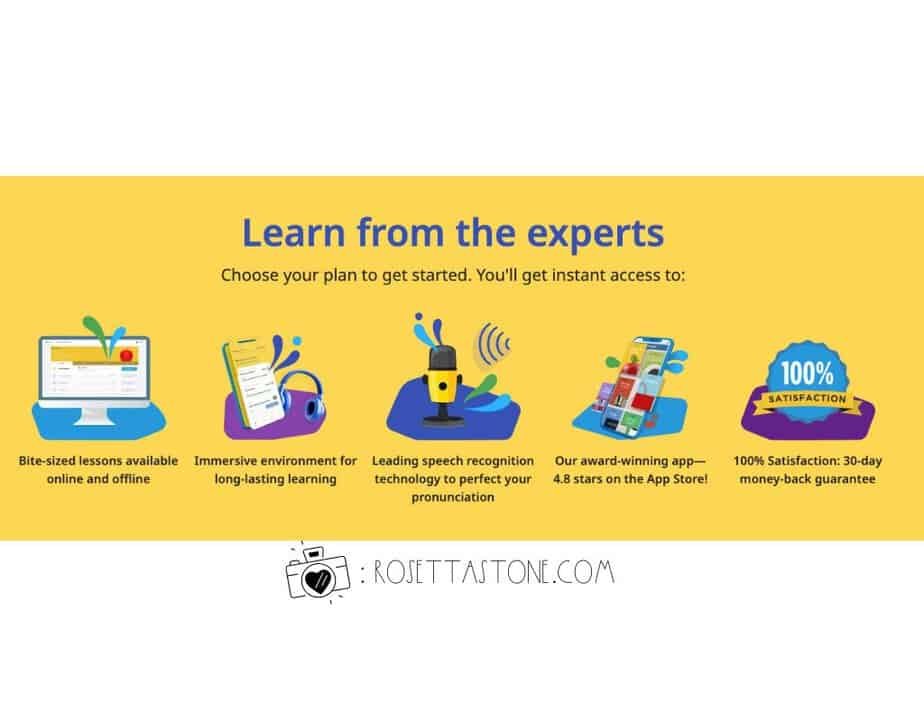
3. Flexibility and Accessibility:
From mobile phones to tablets and desktops, Rosetta Stone’s interface works across various platforms. This enables both teachers and education learners to engage from anywhere, anytime. Students can log in via the app store user settings using their Apple ID, or access lessons through a standard web browser. The Tabby Awards winner and Best Mobile App Awards accolades confirm Rosetta Stone’s excellence in mobile technology. Moreover, learners can take advantage of their unused portion of a free trial period if they want to try the platform for the first time before committing to a subscription.
4. Subscription Options and Extended Benefits:
Rosetta Stone offers versatile subscription models—whether they’re 12-month subscriptions, a lifetime option, or arrangements for unlimited use of Rosetta Stone with unlimited languages. Teachers can find flexible plans that fit their classroom needs, allowing full access to all language courses. The subscription details can be customized, and learners can continue practicing beyond the end of the current period without losing progress. Rosetta Stone’s extended learning features, including its audio companion, regional assessments, and fourth-grade assessments, provide structured environments for ongoing development.
5. Immersion in Cultural and Historical Contexts:
The Rosetta Stone brand metaphorically connects language learning to the historical process of deciphering ancient scripts. Just as the hieroglyphic code was unraveled to shed light on the foundations of our knowledge of ancient Egyptian language, modern learners decode new languages through exposure, practice, and context. Students gain an enriched learning experience that not only builds language skills but also encourages a deep dive into cultural nuances and historical perspectives.
Getting Started in the Classroom: A Comprehensive Guide
Set Goals:
Before you begin, clarify what you hope to achieve with Rosetta Stone in your classroom. Identifying your class’s target language is the first step—are you introducing students to French, like the variety once used by the French army, or guiding them through more contemporary options, such as Latin American Spanish, offered by various language platforms including Mango Languages? Consider the proficiency levels and benchmarks you aim to reach. For example, you might set an initial goal of basic conversational competence within a semester or the ability to read short, authentic texts by year’s end.
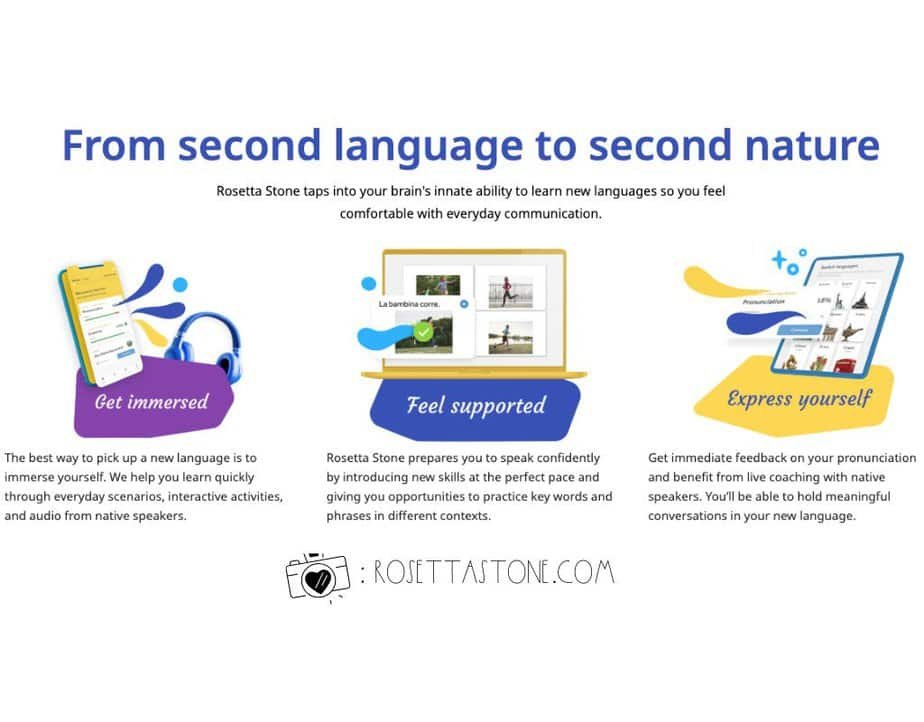
Defining clear, measurable targets helps ensure that you and your students have a roadmap to success. These goals will guide your selection of course materials, lesson plans, pacing, and assessment strategies, ultimately making your language instruction more intentional and effective.
Choose a Subscription Model:
Rosetta Stone offers flexible subscription options tailored to your instructional needs. Begin by reviewing your curriculum scope and course duration. A 12-month subscription is ideal if you’re looking to give students a full academic year of exposure, allowing them to gain a solid footing in the fundamentals of a new language. On the other hand, a lifetime option ensures that you and your students have full access to every language available, supporting long-term learning objectives and giving advanced learners room to explore beyond the basics.
Additionally, if your school encourages multilingual proficiency, consider packages that grant unlimited language access. Consult the subscription details closely to ensure that the model you select seamlessly fits your course calendar, your department’s budget, and the number of students enrolled. By aligning the subscription model with your instructional goals, you set both your students and your program up for sustained success.
Integrate Technology Seamlessly:
Incorporating Rosetta Stone into your daily lessons should feel natural and efficient. Start by installing Rosetta Stone on your school’s computer lab machines, ensuring that all web browser configurations and app store user settings are ready for a smooth, hassle-free experience. Encourage students to also download the Rosetta Stone app on their mobile devices, whether they’re tablets, smartphones, or laptops, making it possible to continue practicing beyond the classroom walls.
The platform’s compatibility with a wide array of devices and its status as a Tabby Awards winner and recipient of best mobile app awards confirm that it’s designed with educational flexibility in mind.
To further streamline integration, carve out time during class to guide students through their first login. Demonstrate key features—like the immersion-based lessons and pronunciation feedback tools—on a projector or interactive whiteboard. Consider establishing a routine: students might spend the first 10 minutes of class reviewing previously learned vocabulary on the app, or the last 15 minutes working on more challenging grammar exercises at their own pace. This consistent, tech-forward approach helps foster a reliable structure and normalizes the use of digital tools in language learning.
Utilize Extended Features:
Rosetta Stone’s suite of extended learning features can turn what might be a static classroom environment into a dynamic, student-centered hub of language exploration. The audio companion is ideal for auditory learners, allowing them to listen and repeat phrases to improve their pronunciation and reinforce listening comprehension. You can set aside small-group sessions where students listen to these audio segments together and critique each other’s pronunciation before practicing live dialogues as a class.
The pronunciation feedback tool is especially valuable—students receive immediate, data-driven input to refine their speaking skills, gradually building toward a more native-like accent.
Immersive lessons and bite-sized lessons add flexibility to your instructional design. Assign short lessons as homework so students can practice independently, freeing up valuable class time for collaborative activities, like role-playing conversations or analyzing cultural texts. The regional assessments feature allows you to measure specific language competencies tied to particular dialects or regional variations, helping you differentiate instruction and meet the diverse interests or needs of your learners.
Over the previous years, Rosetta Stone has continuously evolved, incorporating adaptive and personalized learning functionalities. You can leverage these evolving features to track each student’s progress, identify areas where they may be struggling, and adjust your approach accordingly. Perhaps a subset of students need more intensive pronunciation practice—assign them extra audio exercises. Others may be excelling in reading comprehension but lagging in speaking fluency; have them focus on live practice sessions supported by Rosetta Stone’s speech recognition tools.
By making full use of these extended features, you transform your classroom into a responsive learning environment where each student’s journey is supported. Whether students are accessing the platform at home or in class, the tools you’ve put in place ensure continuity of learning and the opportunity for continuous, meaningful improvement.
Student Acceleration in Language
For English Language Learners (ELLs), Rosetta Stone provides an immersive, intuitive approach to language acquisition that aligns well with diverse learning needs. By presenting content visually, auditorily, and contextually, students can naturally build vocabulary and improve comprehension without feeling overwhelmed by dense grammar explanations. The platform’s pronunciation feedback and speech recognition technologies offer real-time guidance, helping ELL students gain confidence and speak more fluently.
This ensures that learners gradually internalize language structures and develop literacy skills at their own pace, leading to more meaningful and lasting language gains in an environment that requires minimal translation or “bridge” languages.
Similarly, students learning any new language benefit from Rosetta Stone’s adaptive and individualized learning pathways. In a formal language classroom, this tool can supplement teacher-led instruction, reinforcing key concepts and accelerating students’ journey to linguistic competence. For gifted students seeking enrichment, the platform can provide challenging content or more advanced languages to explore, turning language learning into an intellectually stimulating activity rather than a routine requirement.
By offering an extensive array of languages and carefully crafted lessons, Rosetta Stone ensures that all learners—from ELL students striving for academic proficiency in English to those expanding their multilingual repertoire—have access to motivating, authentic, and flexible language experiences.
Conclusion
By connecting the legacy of the hieroglyphic text of the rosetta stone and historical efforts to the world of modern education, we show students that learning a new language is more than just memorizing words—it’s about cultural exchange, discovery, and unlocking meaning much like scholars did in the 19th century. Rosetta Stone empowers educators to bring an immersive, historically rich language learning environment into their classrooms.
Through bite-sized lessons, audio recording, immersion methods, and full-access subscriptions, teachers can inspire students to become not just only people who know another language, but global citizens who appreciate the interconnected tapestry of human communication.
Stop Driving the Teacher Struggle Bus
Are you struggling with student engagement, apathy, or keeping your class on track?
💫💫 There’s hope! 💫💫
If you’re ready to take the first step towards reviving student engagement and transforming your classroom, I invite you to join me for my free workshop “Reversing Student Apathy” designed to equip educators with innovative strategies that work.

This free teacher workshop offers educators a valuable opportunity to explore and address student apathy. By examining its causes and discussing strategies, participants will learn how to make meaningful changes in their teaching methods that are actually working. The sessions are engaging and collaborative, allowing educators to share experiences and develop a collective approach to improving student engagement.
Highlights include:
- Understanding the roots of student apathy and its impact.
- Strategies for enhancing classroom dynamics.
- The importance of educator-student relationships.
- Innovative teaching approaches for today’s students.
By the end of the workshop, you will not only understand what you need to accomplish to stabilize the 4 pillars of your classroom, but you will also walk away with 5 tangible ideas to try in the classroom the very next day.
Join today to be part of the solution to reigniting student enthusiasm and engagement.
